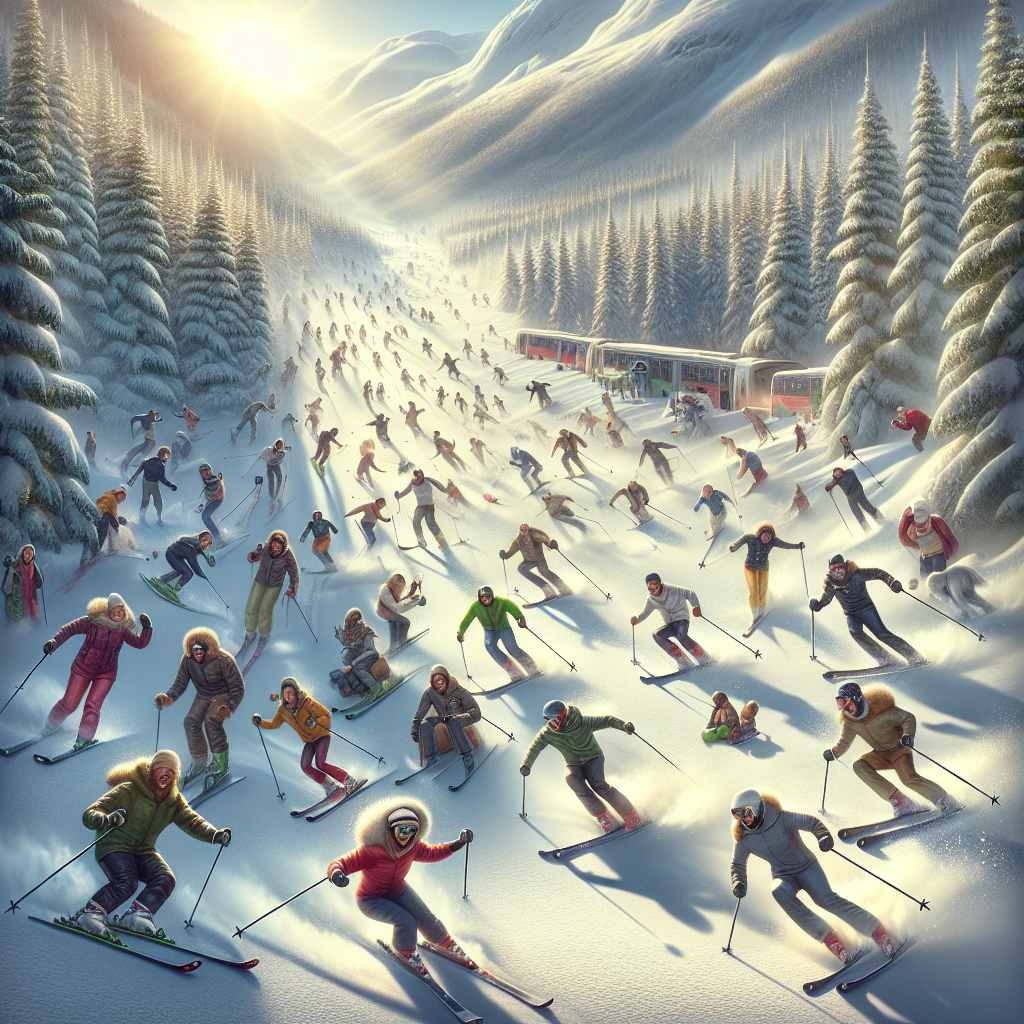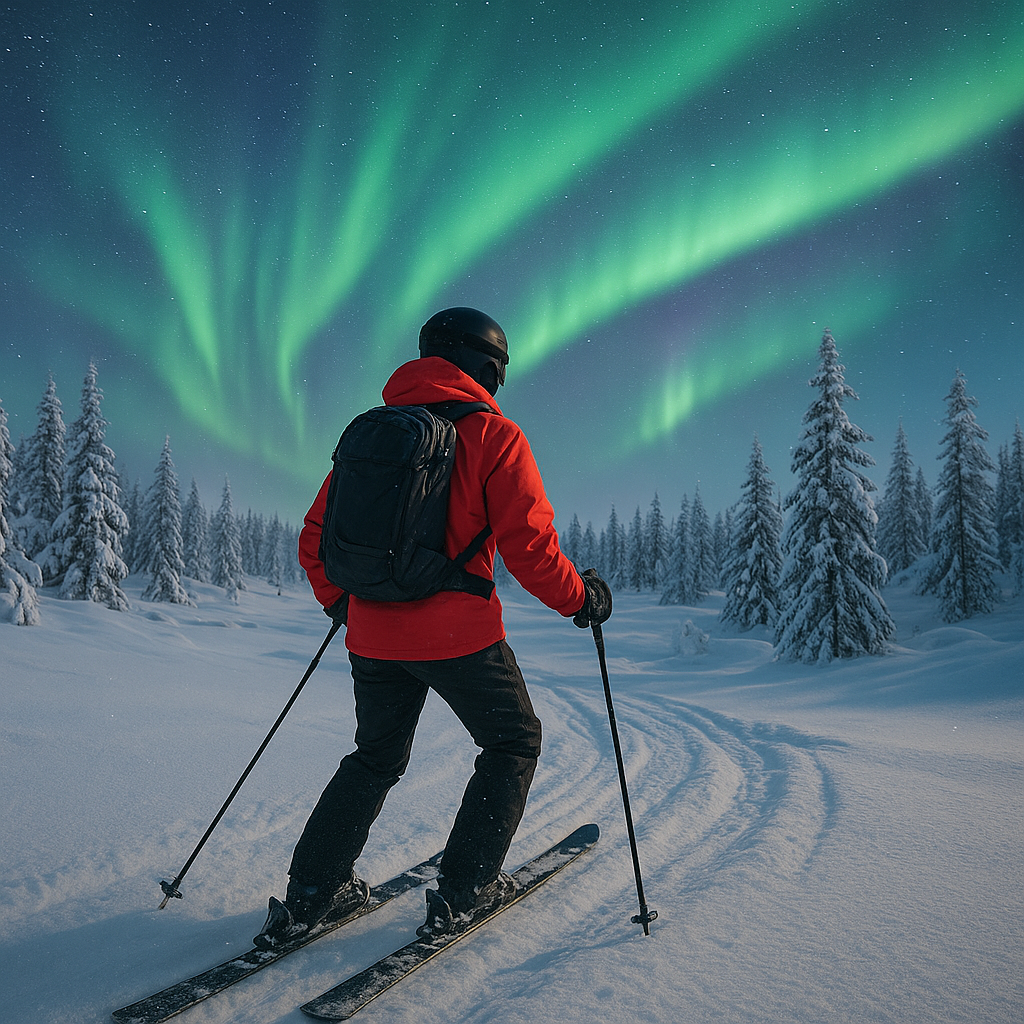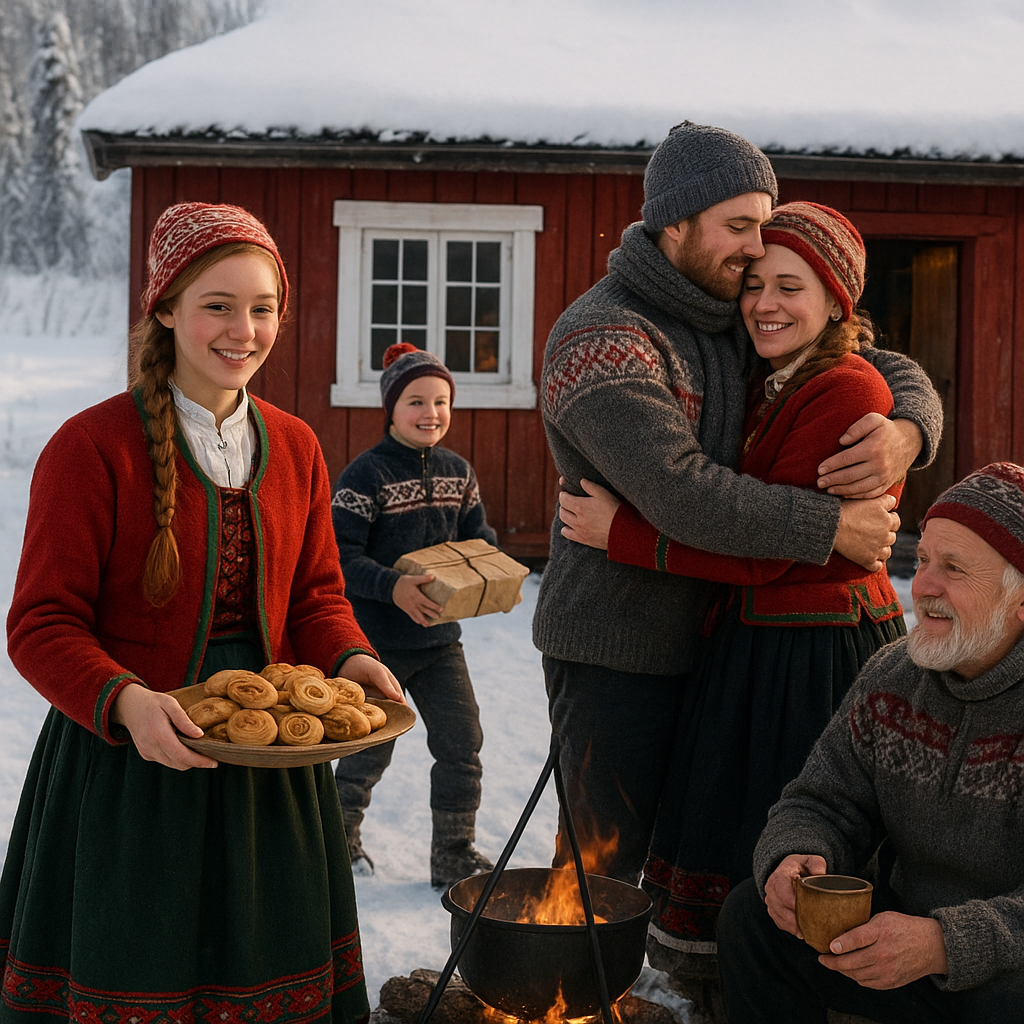
Norwegian Ski Culture: Why It’s More Than Just a Sport
The Historical Roots of Skiing in Norway
Norway’s relationship with skiing dates back thousands of years, making it an integral part of the nation’s cultural fabric. Archaeological findings suggest that Norwegians have been skiing since the Stone Age, with rock carvings depicting skiers found in Rødøy, Nordland, dating back to 4000 BCE. These early skis were primarily used for transportation and hunting, essential for survival in the harsh Nordic winters.
As time progressed, skiing evolved from a practical necessity to a recreational activity and competitive sport. The first recorded ski competition took place in Tromsø in 1843, and by the late 19th century, skiing had become a popular pastime among Norwegians. The establishment of the Holmenkollen Ski Festival in 1892 further cemented skiing’s status as a national sport. This annual event, held in Oslo, attracts thousands of spectators and participants from around the world, showcasing Norway’s deep-rooted passion for skiing.
Skiing as a National Identity
In Norway, skiing is more than just a sport; it is a symbol of national identity and pride. The phrase „Norwegians are born with skis on their feet” is often used to describe the country’s deep connection to the sport. This saying reflects the widespread belief that skiing is an inherent part of Norwegian culture, passed down from generation to generation.
The importance of skiing in Norwegian society is evident in the country’s education system. Many schools incorporate skiing into their physical education curriculum, ensuring that children learn to ski from a young age. Additionally, Norway’s extensive network of cross-country ski trails, known as „løypenett,” provides ample opportunities for families to enjoy the sport together. These trails, maintained by local municipalities and volunteer organizations, are a testament to the communal effort to preserve and promote skiing as a way of life.
The Role of Skiing in Norwegian Social Life
Skiing also plays a significant role in Norwegian social life, fostering a sense of community and camaraderie. Skiing clubs, known as „skiklubb,” are prevalent throughout the country, offering a platform for individuals of all ages and skill levels to come together and share their passion for the sport. These clubs organize various events, from casual group outings to competitive races, creating opportunities for social interaction and bonding.
Moreover, skiing is often a central activity during holidays and family gatherings. The Easter holiday, known as „Påske,” is particularly associated with skiing in Norway. Many families head to the mountains for a week of skiing, enjoying the last of the winter snow before the arrival of spring. This tradition, known as „Påskefjellet,” is a cherished part of Norwegian culture, combining outdoor adventure with quality family time.
Norwegian Skiing Legends and Their Impact
Norway has produced numerous skiing legends who have left an indelible mark on the sport. Athletes like Bjørn Dæhlie, Marit Bjørgen, and Petter Northug have achieved international acclaim, dominating the world stage in cross-country skiing. Their success has not only brought pride to the nation but also inspired future generations of skiers.
Bjørn Dæhlie, often regarded as one of the greatest cross-country skiers of all time, has won a record eight Olympic gold medals and nine World Championship titles. His achievements have set a high standard for aspiring skiers and have contributed to Norway’s reputation as a powerhouse in the sport. Similarly, Marit Bjørgen, with her unparalleled record of 15 Olympic medals, has become a role model for young female athletes, demonstrating the potential for excellence in skiing.
Petter Northug, known for his charismatic personality and competitive spirit, has also made a significant impact on the sport. His rivalry with other top skiers and his numerous victories have captivated audiences and added excitement to the world of cross-country skiing. These athletes, through their dedication and success, have played a crucial role in maintaining and enhancing Norway’s skiing legacy.
The Economic and Environmental Impact of Skiing
Skiing is not only a cultural phenomenon in Norway but also a significant contributor to the country’s economy. The ski industry, encompassing ski resorts, equipment manufacturers, and tourism, generates substantial revenue and provides employment opportunities for thousands of Norwegians. Popular ski destinations like Trysil, Hemsedal, and Geilo attract visitors from around the world, boosting local economies and promoting Norway as a premier winter sports destination.
However, the environmental impact of skiing cannot be overlooked. The construction and maintenance of ski resorts and trails can lead to deforestation, habitat disruption, and increased carbon emissions. Recognizing these challenges, Norway has made efforts to promote sustainable skiing practices. Many ski resorts have implemented eco-friendly initiatives, such as using renewable energy sources, reducing waste, and preserving natural landscapes. Additionally, the Norwegian government and environmental organizations work together to ensure that skiing activities are conducted in a manner that minimizes harm to the environment.
The Future of Skiing in Norway
As climate change continues to pose a threat to winter sports, the future of skiing in Norway faces uncertainty. Rising temperatures and unpredictable snowfall patterns could impact the availability and quality of ski conditions, challenging the country’s skiing traditions. To address these concerns, Norway is investing in research and innovation to develop adaptive strategies for the ski industry. This includes exploring artificial snow production, enhancing snow storage techniques, and promoting year-round skiing opportunities through indoor facilities.
Despite these challenges, the enduring passion for skiing in Norway suggests that the sport will continue to thrive. The country’s commitment to preserving its skiing heritage, combined with its proactive approach to sustainability and innovation, ensures that future generations will have the opportunity to experience the joy and cultural significance of skiing.
Conclusion
In conclusion, skiing in Norway is far more than just a sport; it is a deeply ingrained aspect of the nation’s history, identity, and social fabric. From its ancient origins to its modern-day prominence, skiing has shaped the lives of Norwegians in countless ways. The sport fosters a sense of community, inspires athletic excellence, and contributes to the economy, all while reflecting the country’s values and traditions. As Norway navigates the challenges of climate change and environmental sustainability, its unwavering dedication to skiing ensures that this cherished cultural practice will endure for generations to come.

